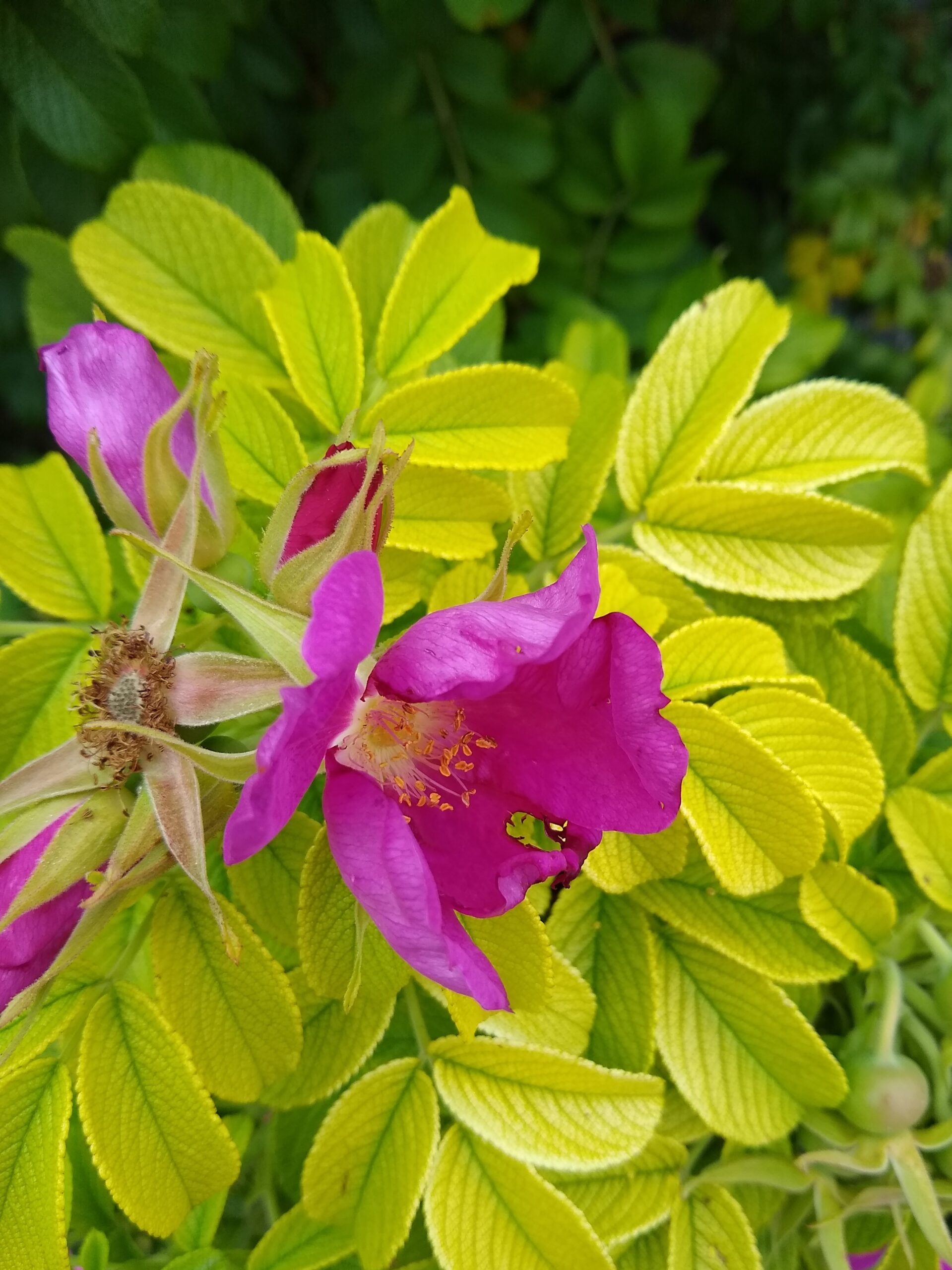 Cleaning up an overgrown garden is a little like a soap opera, complete with births, deaths, ambitious characters, opportunists, odd match-ups and thuggish intruders. As a gardener, you act as director and editor, generally simplifying the plot line, cleaning up messy situations, and making the whole more coherent.
Cleaning up an overgrown garden is a little like a soap opera, complete with births, deaths, ambitious characters, opportunists, odd match-ups and thuggish intruders. As a gardener, you act as director and editor, generally simplifying the plot line, cleaning up messy situations, and making the whole more coherent.
I did this recently with a garden bed that I made years ago at our family’s summer cottage, which is about five hours from my home. The bed is full of hardy plants, but since I visit infrequently, it was also temporary home to lots of other, less desirable green denizens.
The first task in any garden clean-up is sizing up the situation and putting together the right combination of tools and supplies. Gloves are a must, especially if something noxious like poison ivy has insinuated its way among the more respectable plants. Clippers or secateurs will be necessary, as will a spool of garden twine. I like to have a pitchfork and spade handy for digging up large weedy patches or transplanting specimens that have either overgrown their allotted spaces or been overpowered by aggressive neighbors. A supply of mulch will put the finishing touch on the newly cleaned-up space, and a hose or watering can will help liberated plants get a fresh start.
In the case of my vacation garden, the most obvious challenge was invasive outsiders. Years ago, my father planted crown vetch, a spreading member of the Fabiaceae or legume family, to help control erosion on the slope near one of my beds. The vetch has been incredibly successful at marauding its way through a rugosa rose shrub, two stands of garden phlox and a clump of echinacea. Fortunately, its roots are shallow, making removal relatively easy. Unfortunately, it had worked its way into the canes of the large rugosa rose, which has an alarming number of prickles running up and down each and every stem. It takes a certain amount of fortitude to get in the middle of a rugosa and pull-out weeds, but the end result was highly satisfactory. I could almost feel the rosebush sigh with relief.
Once the vetch was eliminated, I was able to get a handle on the other invasive species, which included a mile-a-minute vine and some Virginia creeper. Virginia creeper is great in the right situation, but that situation was not in my garden bed.
Once the vines were out, the smaller weeds, like ground ivy, were next on the compost pile. Only then could I really appreciate the stars of my horticultural soap opera. The stalwart clump of purple coneflowers was blooming vigorously, having duked it out with the vetch and vines. Flamboyant pink phlox was busily flaunting its neon blooms and a heroic stand of Russian sage was so lanky that it had collapsed under its own weight. The spool of twine came in handy, and once tied to a nearby support, the Russian sage looked a great deal happier and more civilized. A large yellow daylily that I excavated from under the rugosa rose last year had evidently enjoyed a successful flush of bloom several weeks ago. I staked the single remaining stalk and tied it up with twine.
An important member of the supporting case, tricolored Ajuga reptans, had succeeded beyond my expectations in the three years since I planted it, covering a great deal of ground while resisting the flagrant overtures of invasive ground ivy. I expect it will do even better now that the ground ivy has exited the stage.
I like to think my intervention saved a less hardy stand of purple phlox, which had been struggling with only minimal success against the vetch onslaught. The same is true of some delicate ivory coreopsis in a comparable situation. I gave them both some extra water and hope that they regarded that gesture as added encouragement.
The rugosa rose, having grown in spectacular fashion since last year and produced a good crop of fabulously fragrant magenta blooms, is sending out an ambitious root sucker that is clearly looking to displace the daylily. I like the rugosa’s striving disposition, but I am also fond of the daylily, which I bought from a local breeder. The root sucker will have to be relocated.
You might wonder why I went to all that trouble—especially the rose-prickle wrestling—when the weeds will only reassert themselves during my lengthy absence. The answer is because I like the soap opera and the directing/editing process. Besides, the good guys, like the coneflowers and the rugosa rose, seem to be winning the garden battle. It is reassuring to know that there is at least one arena in which good is triumphing over evil.
